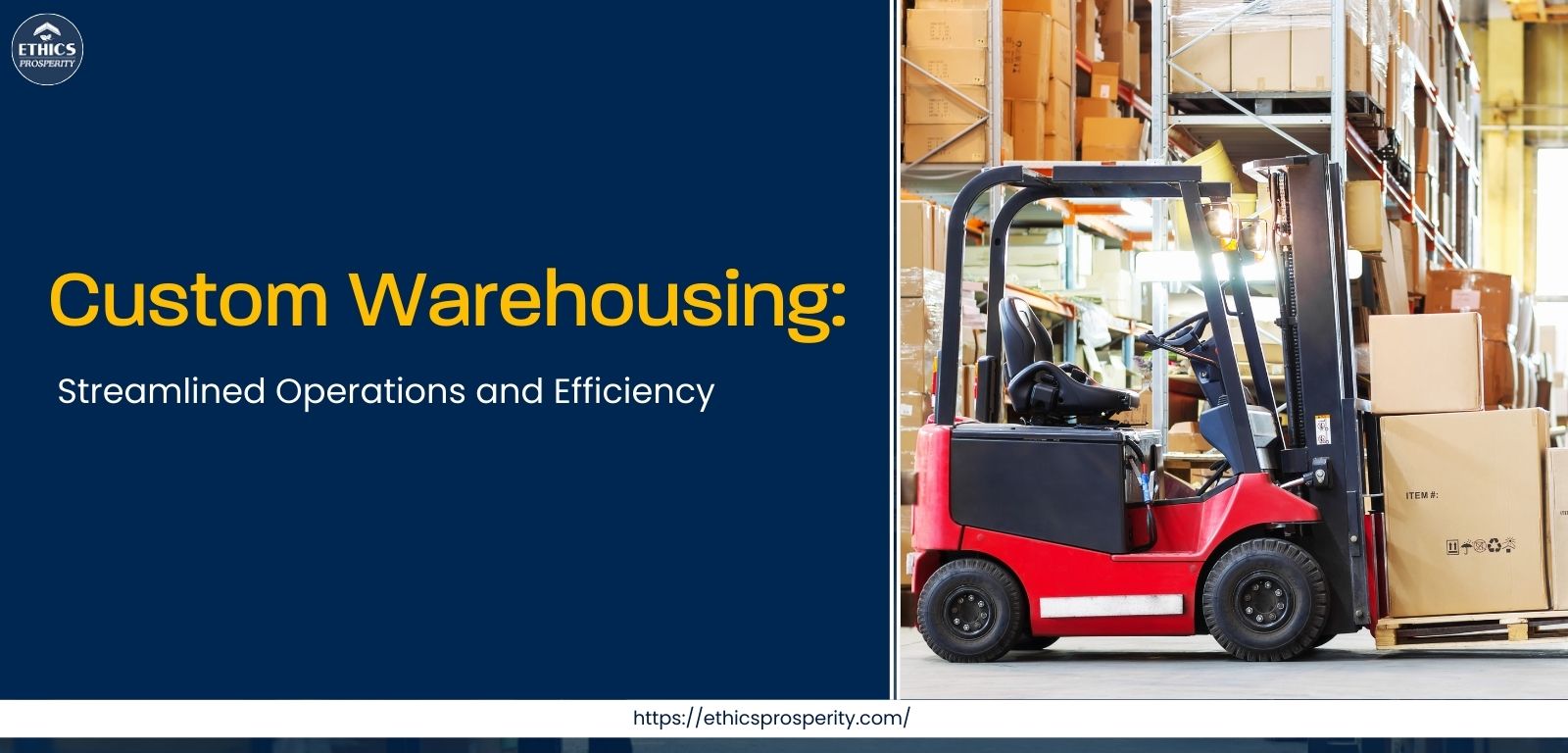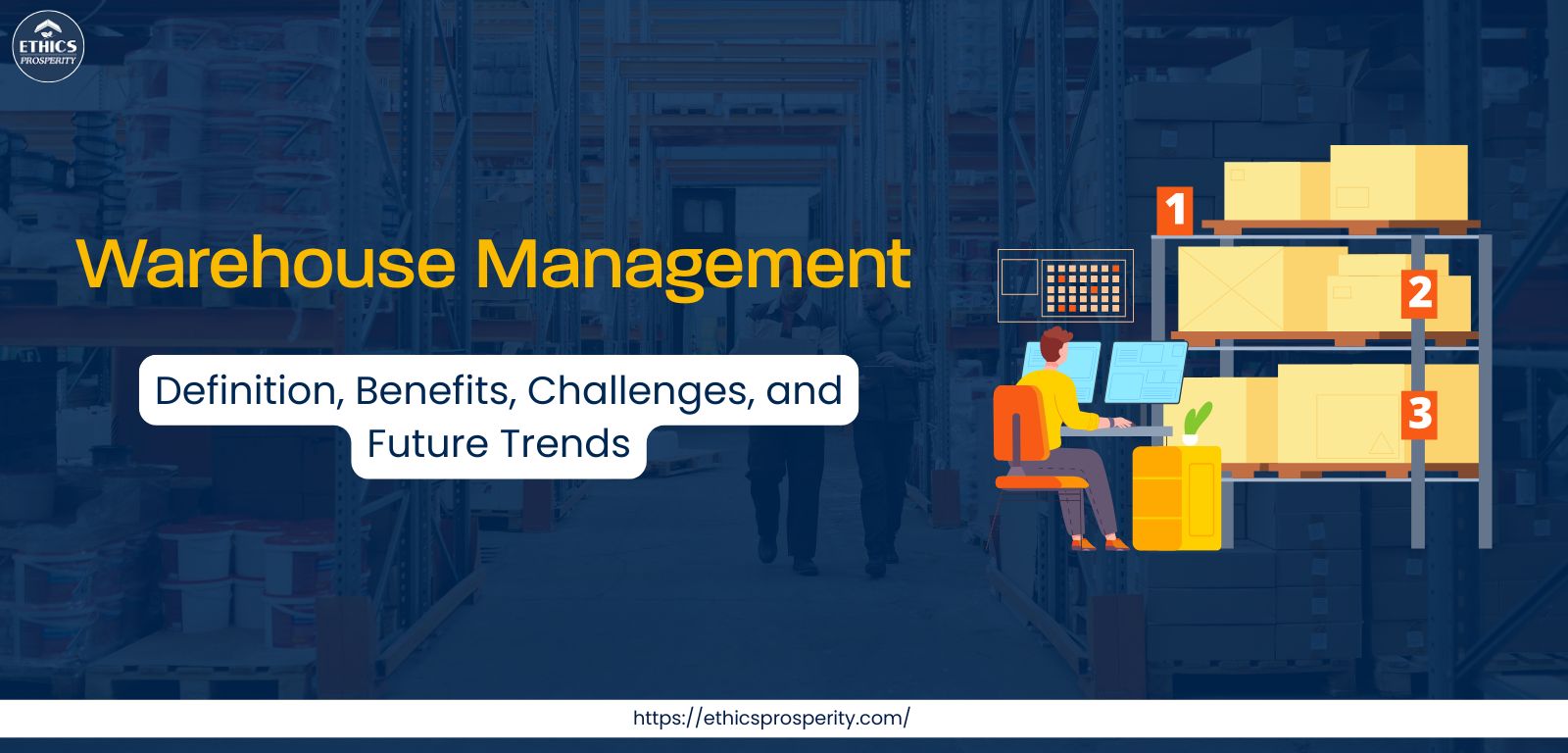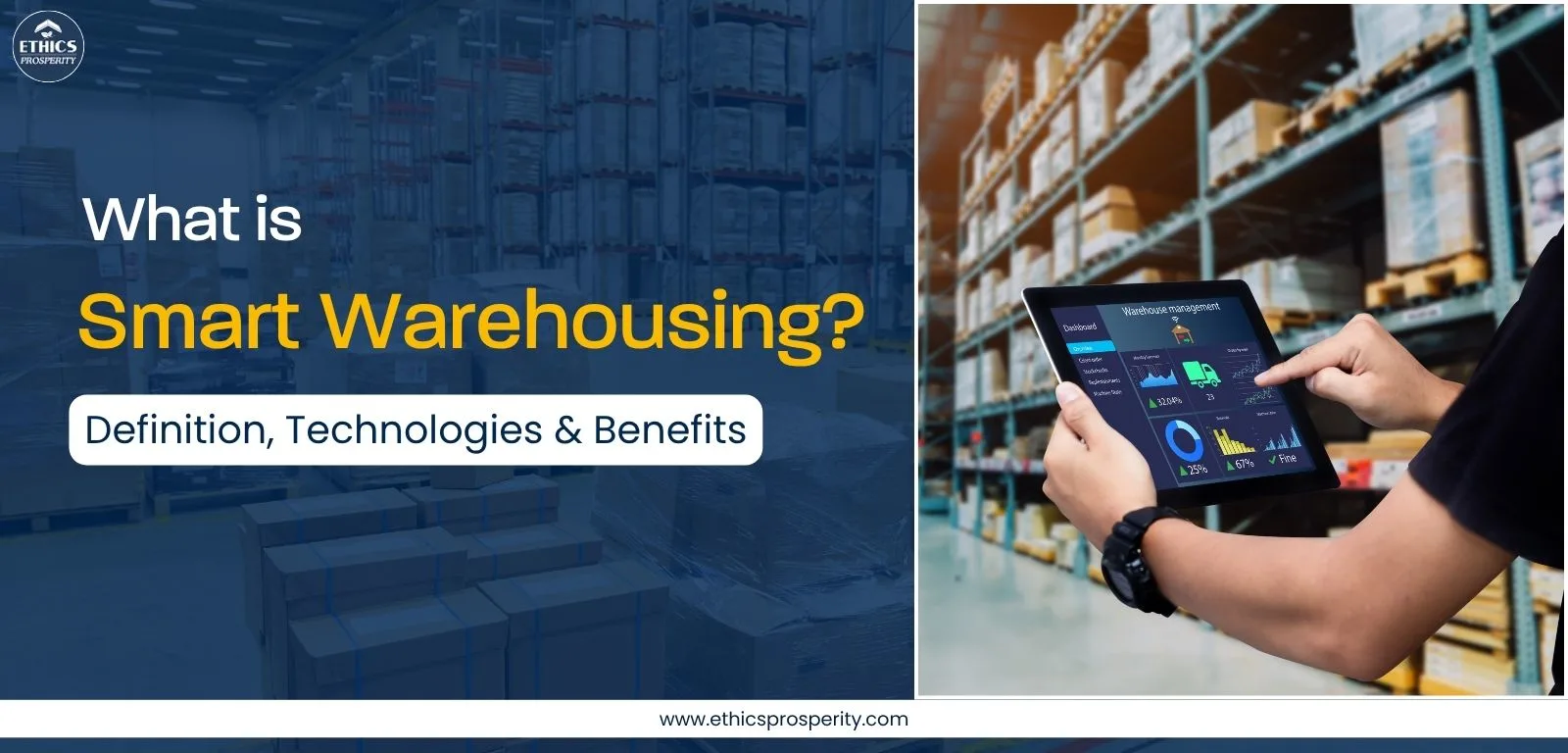Custom warehousing offers businesses tailored storage solutions designed to meet their specific operational needs, ensuring maximum efficiency and seamless integration with supply chain processes. By adapting layout, storage systems, technology, and value-added services to unique requirements, custom warehouses enable better inventory control, optimized space utilization, and faster order fulfillment. This personalized approach not only reduces operational costs but also enhances flexibility, scalability, and customer satisfaction, making it a strategic advantage for companies aiming to stay competitive in a dynamic market.
What is Custom Warehousing?
Custom warehousing refers to storage solutions that are tailored to the specific needs of a business rather than offering a one-size-fits-all approach. Unlike standard warehousing, custom facilities are designed or configured to handle unique requirements such as specialized racking, climate control, secure zones for high-value items, or dedicated space for a single client.
This approach allows businesses to optimize storage, improve operational efficiency, and integrate value-added services like labeling, kitting, or packaging directly within the warehouse. Custom warehousing is particularly beneficial for industries with specific regulatory, temperature, or handling requirements—such as pharmaceuticals, automotive, and electronics.
Benefits of Custom Warehousing for Businesses
Custom warehousing brings a range of strategic advantages to companies, helping them cut costs, strengthen control, improve efficiency, and remain agile in a competitive market. By aligning warehouse design, operations, and location with specific business requirements, organizations can streamline their supply chain, optimize inventory handling, and deliver better service to customers. Below is an in-depth breakdown of these benefits:
Cost Optimization
- Lower storage and handling expenses: Purpose-built layouts and streamlined processes maximize space utilization, reducing operational waste and associated costs.
- Reduced transportation spending: Positioning warehouses close to suppliers, major markets, or transport hubs can significantly cut freight costs.
Savings from better inventory management: Efficient tracking and rotation of stock lowers holding costs, reduces obsolete inventory, and accelerates fulfillment, leading to tangible cost savings.
Greater Control and Security
- Full oversight of inventory: Customized facilities enable businesses to closely monitor goods from arrival to dispatch, ensuring consistency and quality.
- Enhanced security infrastructure: Businesses can implement advanced safety measures—such as CCTV monitoring, access control systems, and alarms—tailored to the value and sensitivity of stored goods.
Product-specific protection: Security features can be customized to address the unique risks associated with different product categories.
Improved Operational Efficiency
- Tailored workflows: Custom layouts and processes designed around product types and handling requirements speed up movement within the facility.
- Faster order turnaround: Well-organized storage systems reduce picking and packing times, improving delivery performance.
Shorter lead times: Optimized inbound and outbound operations increase responsiveness across the supply chain.
Increased Flexibility
- Scalable operations: Custom warehouses can expand or reconfigure to support business growth or seasonal demand shifts.
- Adaptable features: Temperature zones, racking systems, and handling equipment can be modified to suit specific products.
Strategic placement: Locating the warehouse in optimal geographic areas allows for agile sourcing and distribution strategies.
Elevated Customer Experience
- Quicker deliveries: Efficient processes ensure products reach customers faster, enhancing satisfaction.
- Accurate order fulfillment: Real-time inventory visibility minimizes stock discrepancies, enabling precise and timely shipments.
- Fewer errors: Streamlined workflows and accurate data handling reduce order mistakes, building customer trust and loyalty.
Streamlining Operations Through Custom Solutions
Custom warehousing goes beyond simple storage—it enables businesses to design facilities and processes that align perfectly with their operational requirements. From specialized racking systems and temperature-controlled zones to integrated Warehouse Management Systems (WMS), these tailored solutions eliminate inefficiencies and reduce bottlenecks. By optimizing workflows, minimizing material handling, and strategically positioning goods, Supply Chain companies can achieve faster turnaround times and smoother supply chain coordination. This not only improves productivity but also ensures that resources are utilized effectively, leading to reduced costs and enhanced service delivery.
Choosing the Right Custom Warehousing Partner
Location
Opt for a warehouse situated close to your target markets, customers, and major transportation routes. A strategically placed facility can reduce transit times, lower freight costs, and improve delivery efficiency.
Scalability
Ensure the partner can handle shifts in demand, seasonal peaks, and long-term business growth without compromising on service quality.
Technology and Automation
Look for advanced capabilities such as a robust Warehouse Management System (WMS), real-time inventory tracking, and automated processes that improve speed, accuracy, and overall productivity.
Security and Safety
The facility should have strong protection measures, including CCTV monitoring, controlled access points, alarm systems, and appropriate fire prevention mechanisms to safeguard goods.
Reputation and Industry Expertise
Assess the company’s track record, client feedback, and experience in your industry to ensure they have the knowledge and reliability to meet your needs.
Value-Added Services
Identify whether they provide additional services like packaging, kitting, labeling, order customization, or specialized handling that align with your operational requirements.
Understanding of Your Business
An effective warehousing partner should take time to learn your business model, product specifics, and growth objectives to offer tailored solutions.
Pricing and Contract Transparency
Review the complete cost structure, including storage rates, handling charges, and any additional fees, ensuring there are no hidden costs.
Communication and Customer Support
Choose a partner that maintains open communication channels, provides timely updates, and offers responsive support to resolve issues quickly.
Compliance
Verify that the facility complies with all applicable industry standards and regulatory requirements, such as food-grade certifications, hazardous goods handling protocols, or environmental guidelines.
In summary, selecting the right custom warehousing partner involves more than finding available space; it’s about securing a collaborative relationship that enhances efficiency, cuts costs, and supports your long-term growth strategy.
Role of Custom Warehousing in End-to-End Supply Chain Optimization
Custom warehousing plays a critical role in creating a seamless, efficient, and fully integrated supply chain Management. Aligning storage infrastructure, workflows, and technology with the specific needs of a business ensures that every stage, from procurement to final delivery, operates in sync. Strategically located warehouses reduce transit times, while tailored layouts and automation improve inventory flow and minimize handling delays. Real-time data integration with transportation and procurement systems enhances visibility, enabling better forecasting, faster decision-making, and proactive issue resolution. This end-to-end alignment not only reduces costs and lead times but also increases responsiveness, making businesses more competitive in dynamic market conditions.
Future Trends in Custom Warehousing
The future of custom warehousing will be shaped by rapid technological advancements, a stronger focus on sustainability, and the ever-changing demands of e-commerce. Businesses can expect greater automation, deeper data integration, and more adaptable storage solutions to keep pace with market dynamics. Below is a closer look at the trends that will define the industry:
Automation and Artificial Intelligence
- Robotics in operations: Automated storage and retrieval systems (AS/RS), robotic picking arms, and self-guided vehicles will streamline processes, reduce errors, and minimize dependence on manual labor.
Intelligent decision-making: AI and machine learning will enhance inventory management, predict demand patterns, and improve fulfillment accuracy through data-driven insights.
Rise of Hyperlocal Warehousing
- Closer to the customer: The boom in online retail is driving the need for smaller, strategically placed warehouses located near end consumers.
- Optimized last-mile delivery: Localized facilities will speed up deliveries, improve order accuracy, and lower last-mile logistics costs.
Commitment to Sustainability
- Eco-friendly infrastructure: Warehouses will increasingly adopt sustainable building materials, energy-efficient lighting, and water-saving systems.
Renewable energy adoption: Solar panels and other renewable power sources will help reduce environmental impact while cutting operational costs.
Flexibility and Adaptability
- Dynamic leasing options: Short-term and on-demand warehouse space will allow businesses to respond to seasonal spikes or market changes without long-term commitments.
Custom-fit solutions: Warehousing services will move away from generic models toward highly tailored configurations to suit different industries and product types.
Technological Integration
- IoT-enabled monitoring: Connected sensors will provide real-time visibility into inventory, equipment usage, and environmental conditions.
- Cloud-based WMS: Cloud platforms will make warehouse management systems more scalable, accessible, and easily integrated with other supply chain tools.
Blockchain for transparency: Distributed ledger technology will improve data security, traceability, and trust in both domestic and cross-border trade.
Evolution of the Workforce
- Technology-skilled staff: The workforce will increasingly require technical expertise to operate and maintain sophisticated automation systems.
Focus on employee well-being: Ergonomic workstations, safe movement pathways, and assistive lifting tools will enhance safety and productivity.
Integration with Global Trade
- Seamless cross-border logistics: Advanced warehousing practices will support smoother international trade operations.
Free Trade Zone advantages: Facilities in FTZs will offer tax benefits, reduced customs delays, and faster global distribution capabilities.
In essence, custom warehousing will continue evolving into a highly tech-enabled, sustainable, and adaptive function that directly influences supply chain performance and customer satisfaction.
Conclusion
Custom warehousing is no longer just a storage solution; it is a strategic enabler for supply chain excellence. By tailoring infrastructure, technology, and processes to specific business needs, it enhances efficiency, reduces costs, and strengthens customer satisfaction. As market demands evolve and technologies like AI, IoT, and automation reshape operations, businesses that invest in flexible, future-ready warehousing solutions will gain a competitive advantage. In an era where speed, accuracy, and adaptability define success, custom warehousing stands as a critical driver of operational resilience and long-term growth.



